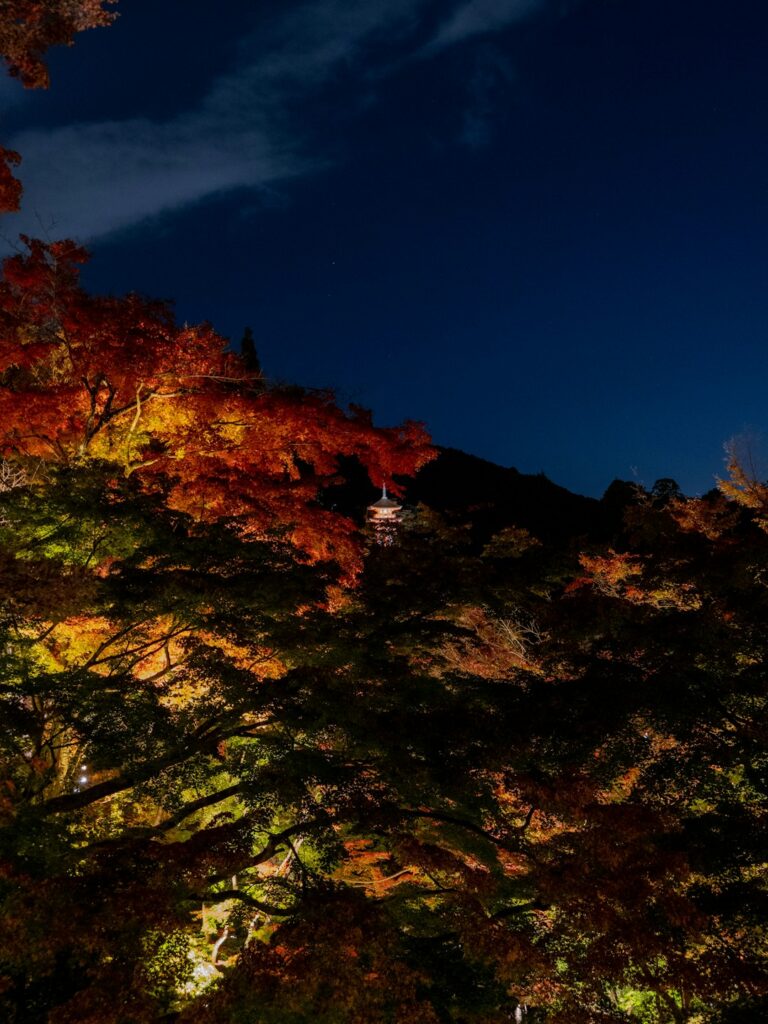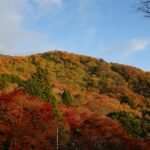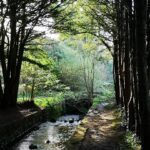For travelers seeking to experience Japan far from the crowded cities and tourist hotspots, autumn reveals a mystical side of the countryside: crisp, clear skies dotted with countless stars. As the air cools, the heavens above Japan’s rural regions become the perfect canvas for stargazing—offering both serenity and awe for those who know where to look. This guide uncovers secret stargazing locations beloved by locals, immersive experiences combining local culture and the night sky, and essential tips for a safe and memorable adventure under Japan’s hidden autumn skies.
Why Autumn in Japan Offers the Best Stargazing
Autumn in Japan is a season of profound beauty—not just for the crimson and gold leaves, but also for the celestial wonders unveiled above. The lower humidity and cooler temperatures mean that atmospheric conditions stabilize, minimizing haze and allowing stars to shine even brighter. These peaceful, longer nights create perfect opportunities for stargazing, especially in the countryside, where light pollution remains minimal. Combined with Japan’s mountainous terrain and sparsely populated rural regions, you’ll find yourself beneath a sky glittering with stars and, if you’re lucky, a glimpse of the Milky Way. There’s a poetic calm in the autumn air, as insects quiet down and the wind carries the scent of fallen leaves, making every stargazing outing uniquely magical.
Secret Stargazing Spots Only Locals Know: Nagano Highlands, Aso Kuju National Park, and Biei
Japan’s countryside brims with hidden gems for astronomy enthusiasts. Here are three of the most captivating yet quietly guarded spots:
- Nagano Highlands (Nagano-ken Kogen): Known for its vast, elevated plateaus and crisp climate, Nagano’s highlands offer spectacular views far from city lights. Areas like Utsukushigahara or the slopes near Lake Shirakaba are favorites among amateur astronomers. The cool, fresh mountain air and unobstructed vistas make these highlands a true heaven for stargazers. Access is most convenient by rental car from Matsumoto or Nagano City, with many guesthouses catering to nature lovers.
- Aso Kuju National Park (Kumamoto-Oita border): With its dramatic volcanic landscapes and sprawling grasslands, Aso Kuju is a site where earth and sky collide in breathtaking harmony. The Kusasenri and Makinoto Pass areas provide panoramic night views rarely found elsewhere. Public transport is limited, but joining a local stargazing tour or hiring a driver unlocks the magic of these secluded spots.
- Biei, Hokkaido: Famed for its rolling hills and picturesque patchwork fields, Biei undergoes a mesmerizing transformation in autumn. Clear, cool nights reveal velvet black skies overflowing with stars. Photographers flock to sites like Shirogane Blue Pond for ethereal night shots, while visitors can stay at rural inns that offer telescope rentals and guided walks.
These areas remain less trafficked than major tourist destinations, promising peace, privacy, and a genuine connection with nature under the stars.
Enhance Your Stargazing: Local Experiences and Traditions
Stargazing in rural Japan goes far beyond simply watching the night sky. For the most unforgettable experiences, add a touch of local flavor to your adventure:
- Soak in an Onsen: Many of Japan’s best stargazing sites are near traditional hot springs. After a night beneath the stars in Nagano or Hokkaido, nothing beats soaking in open-air baths (rotenburo), where the warmth of natural mineral water and the cool mountain air meld into relaxation under a blanket of stars.
- Regional Cuisine: Autumn brings a bounty of flavors—think matsutake mushrooms, freshly harvested rice, and wild river fish. Rural inns (ryokan) often serve multi-course meals (kaiseki) that celebrate the season, making your stargazing trip a feast for all senses.
- Guided Stargazing Tours: Some remote regions offer astronomy tours led by local guides with deep knowledge of the sky and storytelling traditions. They’ll point out constellations, share myths, and even provide telescopes for closer views.
By pairing celestial observation with these authentic experiences, you gain a richer, deeper appreciation of Japan’s natural—and cultural—beauty.
Astrophotography for All: Tips from Beginner to Pro
Capturing the glory of Japan’s autumn skies isn’t just for experts. Here’s how to make your starry photographs stand out:
- Bring a sturdy tripod: Stability is key for sharp, long-exposure shots. Lightweight travel tripods fit easily in a backpack.
- Use a camera with manual settings: Set your ISO between 800–3200, open the aperture wide (f/2.8 or lower), and try different exposure times from 10 to 30 seconds. Experiment!
- Find foreground interest: Silhouettes of mountains, forests, or traditional rural buildings add scale and local character to your shots.
- Plan with star apps: Free smartphone apps like Stellarium or Sky Guide help you locate constellations, check moon phases, and predict peak stargazing times.
- Be patient and dress warmly: Nights grow cold quickly. Layer up, keep spare batteries tucked in your pockets, and savor the slow, mindful process of photographing the night.
Sharing your images—whether via social media or a personal travel blog—invites others to explore Japan’s hidden nocturnal wonders with you.
Safety and Etiquette: Enjoying the Night Sky Responsibly
Stargazing in rural Japan is a peaceful pursuit, but keeping safe and respecting local customs ensures these areas remain special for everyone:
- Stay on marked paths: Many countryside locations are wildlife habitats or farmland. Wandering off trail can disturb both.
- Minimize light pollution: Use red-light flashlights and dim cell phone screens. Never shine bright beams on others or towards houses.
- Keep noise to a minimum: Respect the local community and wildlife. The quiet of the countryside is part of its charm.
- Travel in pairs or small groups: Some areas are remote; having company is safer and helps in emergencies.
- Leave no trace: Take all litter home, and never disturb plants, animals, or cultural sites.
Adhering to these simple guidelines means you’ll enjoy the astonishing autumn night sky while helping preserve Japan’s rural magic for generations of stargazers to come.





